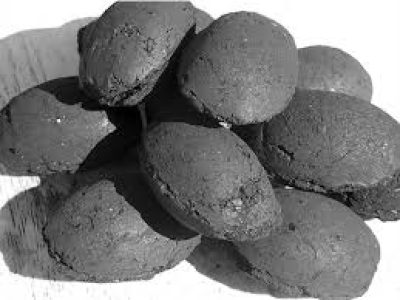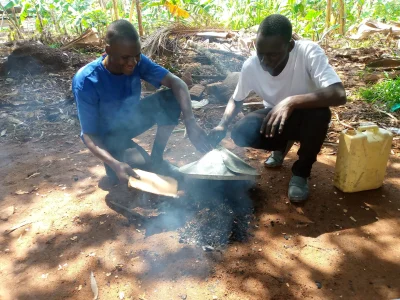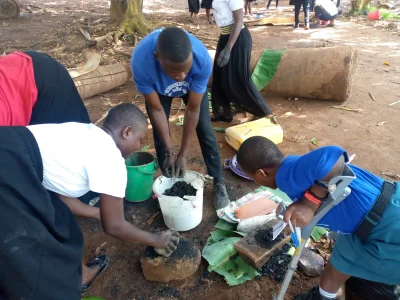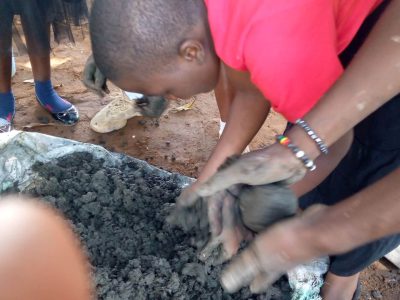How to Make Briquettes
Making briquettes is an excellent way to recycle waste materials into a sustainable and eco-friendly fuel source. Here’s a step-by-step guide:
1. Gather Raw Materials
- Organic Waste: Sawdust, paper, dry leaves, rice husks, charcoal dust, or any biomass.
- Binder: Use natural binders like cassava starch, wheat flour, or clay.
2. Prepare the Materials
- Dry the material: Ensure all materials are completely dry to avoid moisture in the briquettes.
- Grind into Powder: Use a grinder or mortar to pulverize the biomass into fine particles for uniform briquettes.
3. Mix Biomass and Binder
- Prepare Binder: Dissolve the binder in water to create a sticky paste.
- Combine: Mix the biomass powder with the binder paste in a ratio of about 5:1 (biomass to binder). Adjust as needed.
4. Shape the Briquettes
- Use a Mold: Fill the mixture into molds or a briquette press. You can use simple tools like cans, wooden molds, or a mechanical press for larger-scale production.
- Compact: Press the mixture tightly to remove air pockets and ensure a solid briquette.
5. Dry the Briquettes
- Sun-Dry: Place the briquettes in the sun on a flat surface or a drying rack. Rotate them periodically for even drying.
- Alternative Drying: Use a drying chamber if sun-drying isn’t feasible.
6. Test and Use
- Check for Hardness: Properly dried briquettes should be firm and durable.
- Use as Fuel: Briquettes are ready for use in stoves, fireplaces, or as industrial fuel.
Additional Tips
- Safety: Wear gloves and a mask during preparation to avoid inhaling dust.
- Storage: Store the dried briquettes in a cool, dry place to prevent moisture absorption.
- Experiment: You can experiment with different biomass combinations for varying heat outputs.
Let me know if you'd like more details or help with specific steps!
By S.4 South Students 2024








